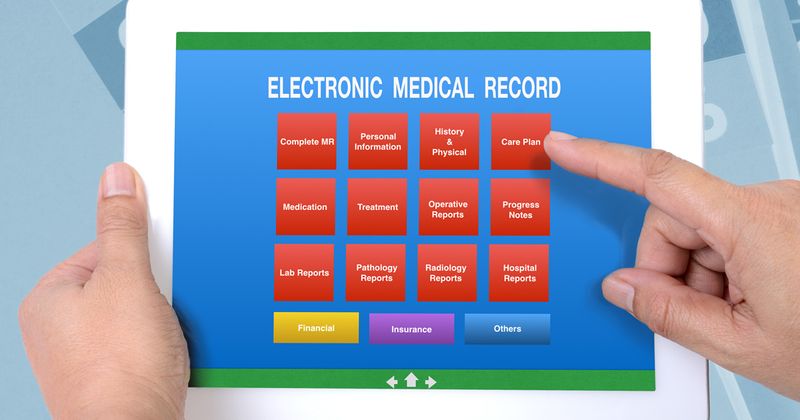Tailored EHR alert increases prescribing for recommended heart failure drug
NEW ORLEANS — An automated, patient-specific, electronic health record-embedded tool was associated with increased prescriptions of mineralocorticoid receptor antagonists for patients with HF, the BETTER CARE-HF study showed.
Researchers conducted a three-arm, pragmatic, cluster-randomized trial to determine the effectiveness on increasing mineralocorticoid receptor antagonist (MRA) prescriptions for patients with HF with reduced ejection fraction by using an alert during individual patient encounters vs. a message about multiple patients between encounters and compared with the usual care.

Image: Adobe Stock
The findings were presented at the American College of Cardiology Scientific Session and simultaneously published in the Journal of the American College of Cardiology.

“We wanted to study this topic because there is a major treatment gap that is a problem for many patients across the United States,” Amrita Mukhopadhyay, MD, cardiologist and clinical investigator in the department of medicine at NYU Langone Health, told Healio. “MRAs are medications that can save lives of patients with heart failure. Over two-thirds of patients who could be on an MRA are not prescribed this medication. Closing this treatment gap could save over 20,000 lives per year in the United States.”
All patients had HFrEF, had no active MRA prescription, had no contraindications to MRA and were seeing an outpatient cardiologist at NYU Langone Health using the Epic EHR system. The 2,211 patients in the study (mean age, 72.2 years; mean EF, 33%; 71.4% men; 68.9% white) were cluster-randomized by cardiologist. The study was conducted for 6 months.
Cardiologists assigned the alert intervention received an automated alert, which was visible when opening the patient’s chart, during medication reconciliation, ordering of refills and problem-list management, when visiting with a patient who met criteria for MRA initiation.
Cardiologists assigned the message intervention received one automated message each month, visible in the EHR, that listed all patients who met eligibility criteria that had been seen in the past 2 months or were going to be seen in the next month.
Cardiologists assigned to usual care did not receive the alerts or messages.
New prescribing of MRAs occurred in 29.6% of the alert arm, 15.6% of the message arm and 11.7% of the control are (RR for alert vs. control = 2.53; 95% CI, 1.77-3.62; P < .0001; RR for alert vs. message = 1.67; 95% CI, 1.21-2.29; P = .002), according to the researchers.
“We tried to only choose patients who were likely to benefit,” Mukhopadhyay told Healio. “So we were very selective about which patients got included in these alerts. My hypothesis is that to have as few alerts as possible and to have them be tailored for the patient is a key factor in our success.”
The researchers determined that the number needed to alert to get one additional MRA prescription written was 5.6.
“Well-designed electronic tools can save lives,” Mukhopadhyay told Healio. “Increasing prescribing medications in this way can be rapid, low-cost and high-impact.”
She said if the degree of improvement in MRA prescriptions observed in the study was achieved nationwide, “we could save over 3,500 lives per year. These tools and our findings could be applied to other underutilized lifesaving medicines as well, and provide even greater impact.”
The next steps are to expand the alert more broadly and to determine the impact of the invention over longer periods of time, Mukhopadhyay told Healio.


